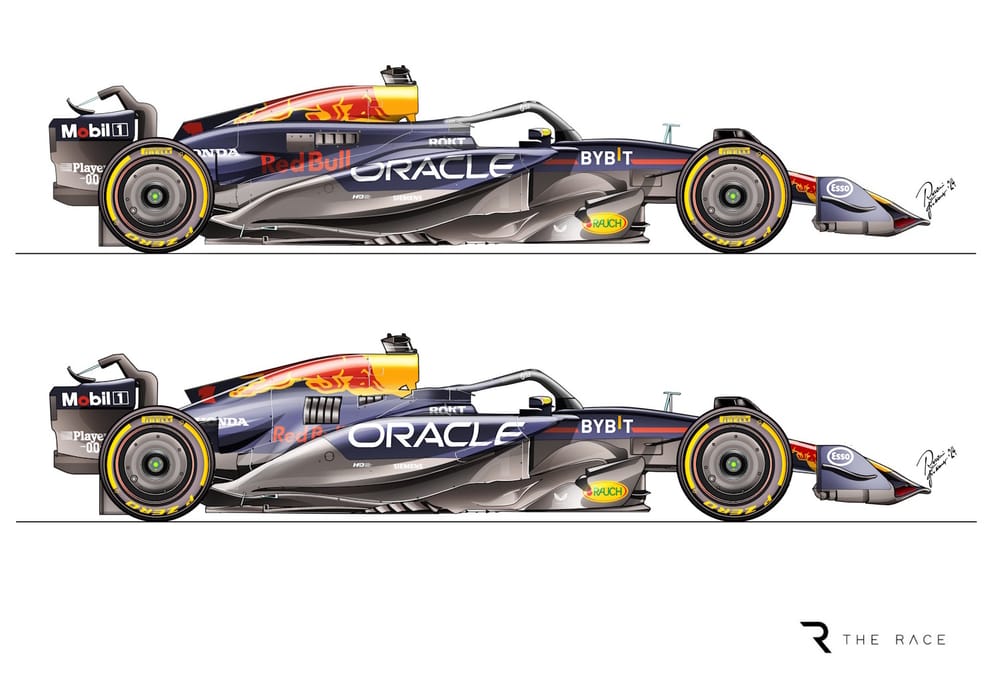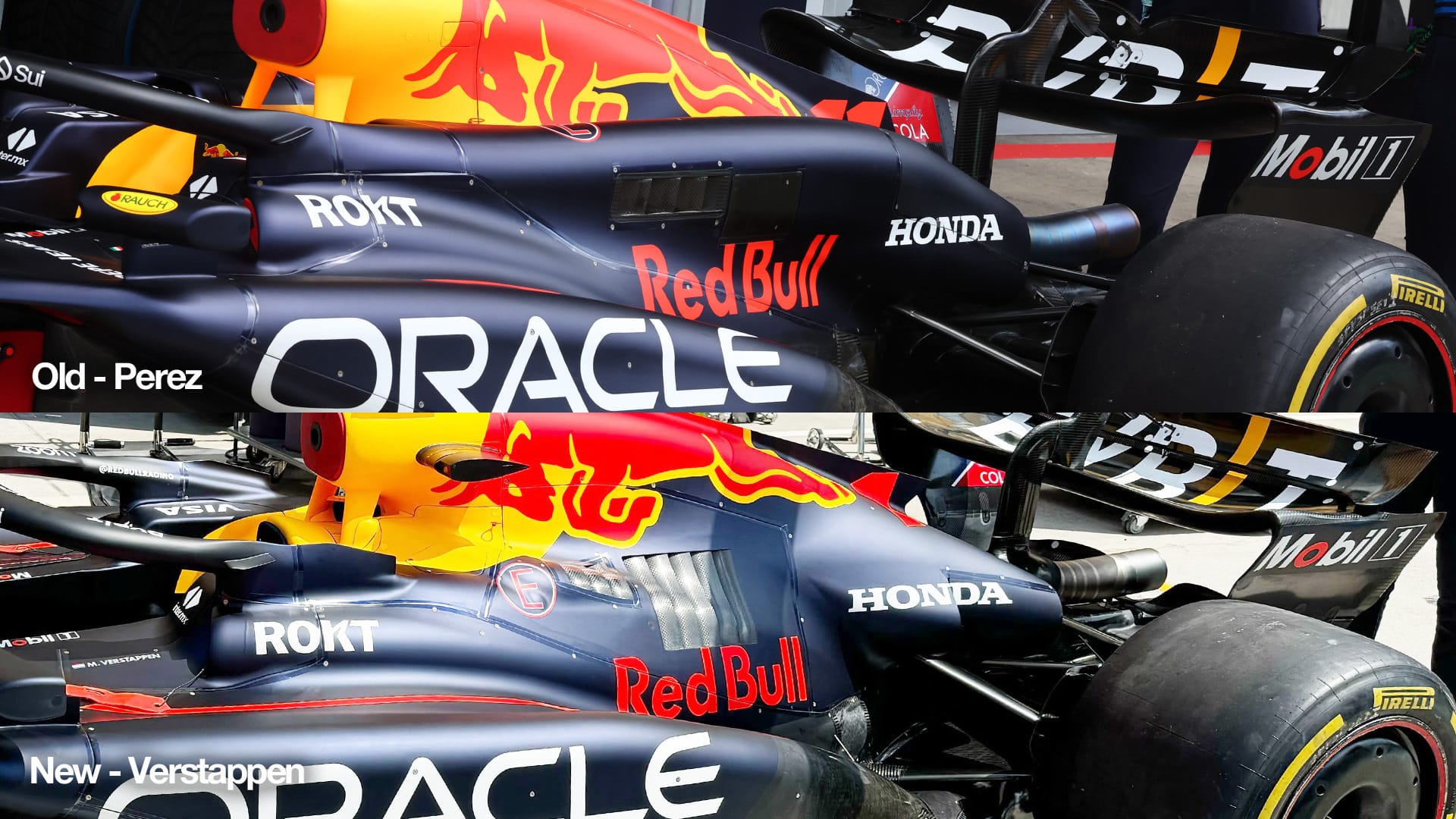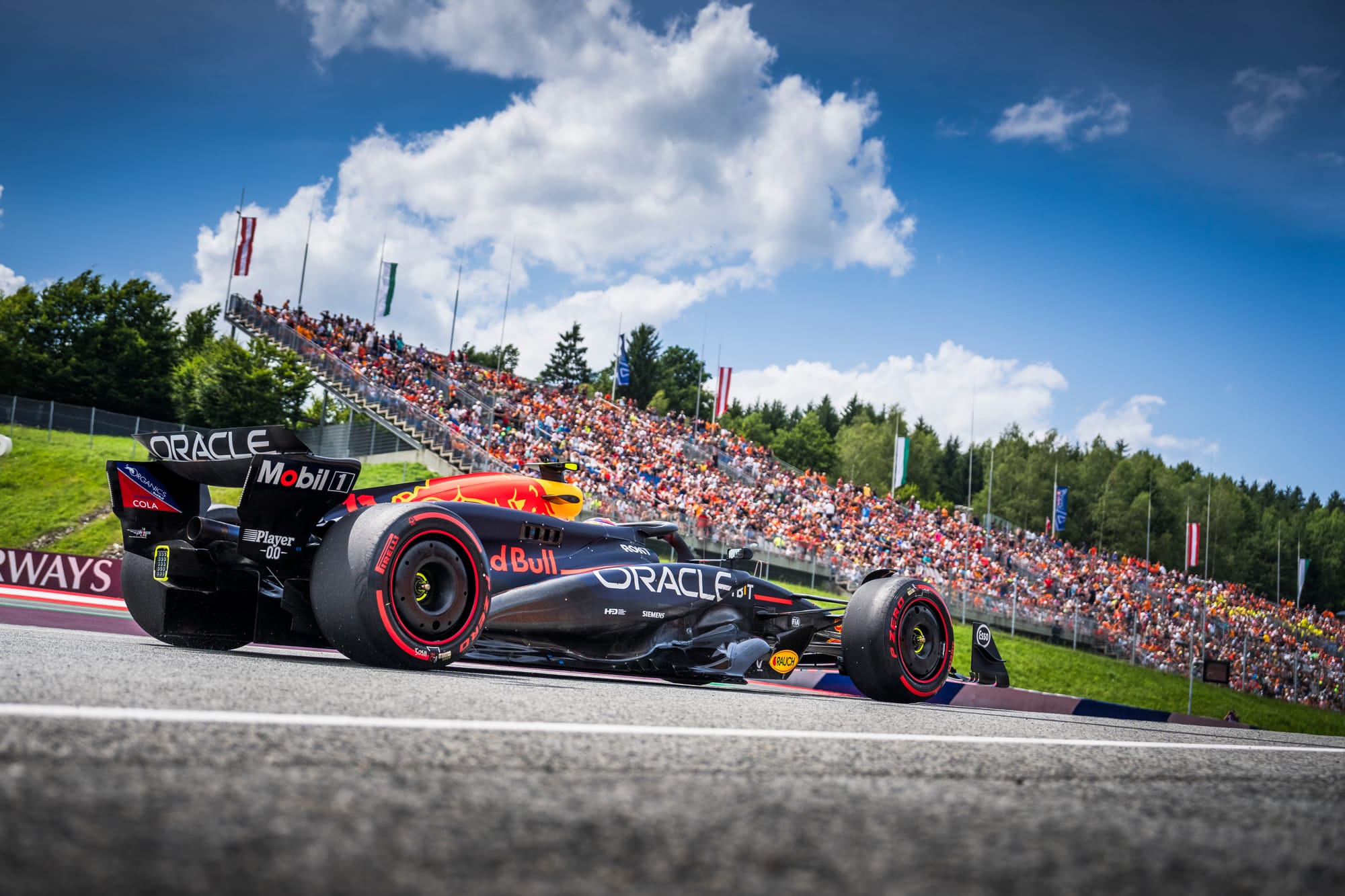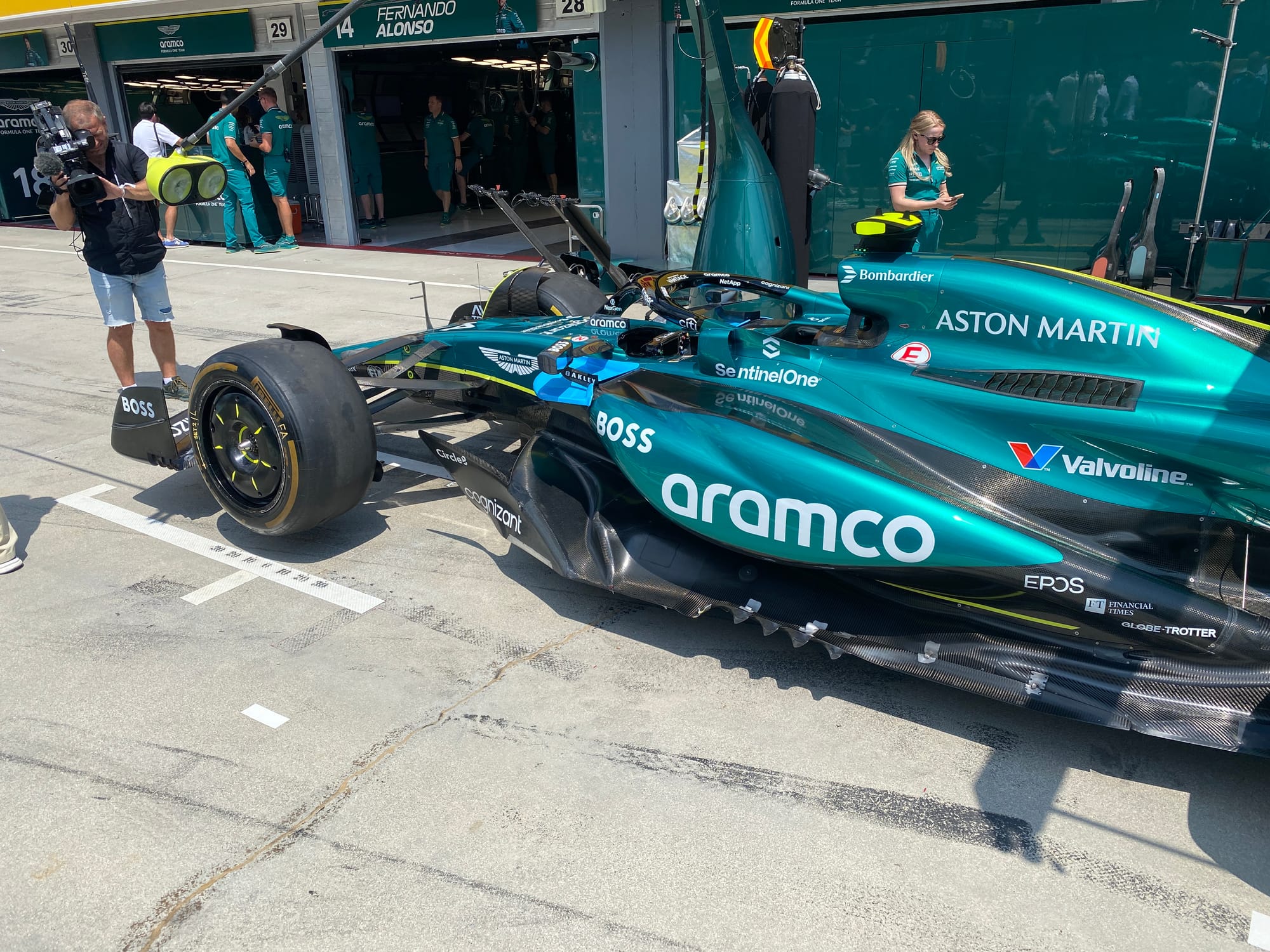Up Next

Red Bull has introduced what Max Verstappen has characterised as its biggest Formula 1 upgrade of the year so far in Hungary, including a new sidepod and engine cover package.
The bodywork is running only on Verstappen’s car, with team-mate Sergio Perez running the old-specification (but using the rest of the upgrade).
As well as that split strategy allowing a good comparison, there’s also the possibility that the old-specification bodywork might still be used for higher-speed circuits.
When you set out to define the bodywork geometry of an F1 car, or any car cooling specification, you face one of the biggest challenges of compromise. It’s easy to fool yourself by producing great downforce figures only to leave yourself with inadequate cooling.
For the same ambient temperatures, the slower the average speed of a track the more cooling you need. For example, comparing Monaco (106mph average speed pole lap) and Monza (161mph), you need somewhere in the region of twice the cooling outlet area as the Italian Grand Prix.
You can’t force the airflow through the cooling system so there is no point in opening up the inlet which, with these cars, would be very difficult in any case. To achieve increased cooling you have to pull it through the radiators faster using larger or better-placed cooling exits. That means you need high pressure at the inlet, which is more or less why they point forward, and low pressure at the exit, which is why they point rearwards. Red Bull’s sidepod and engine cover package is designed to do just that.
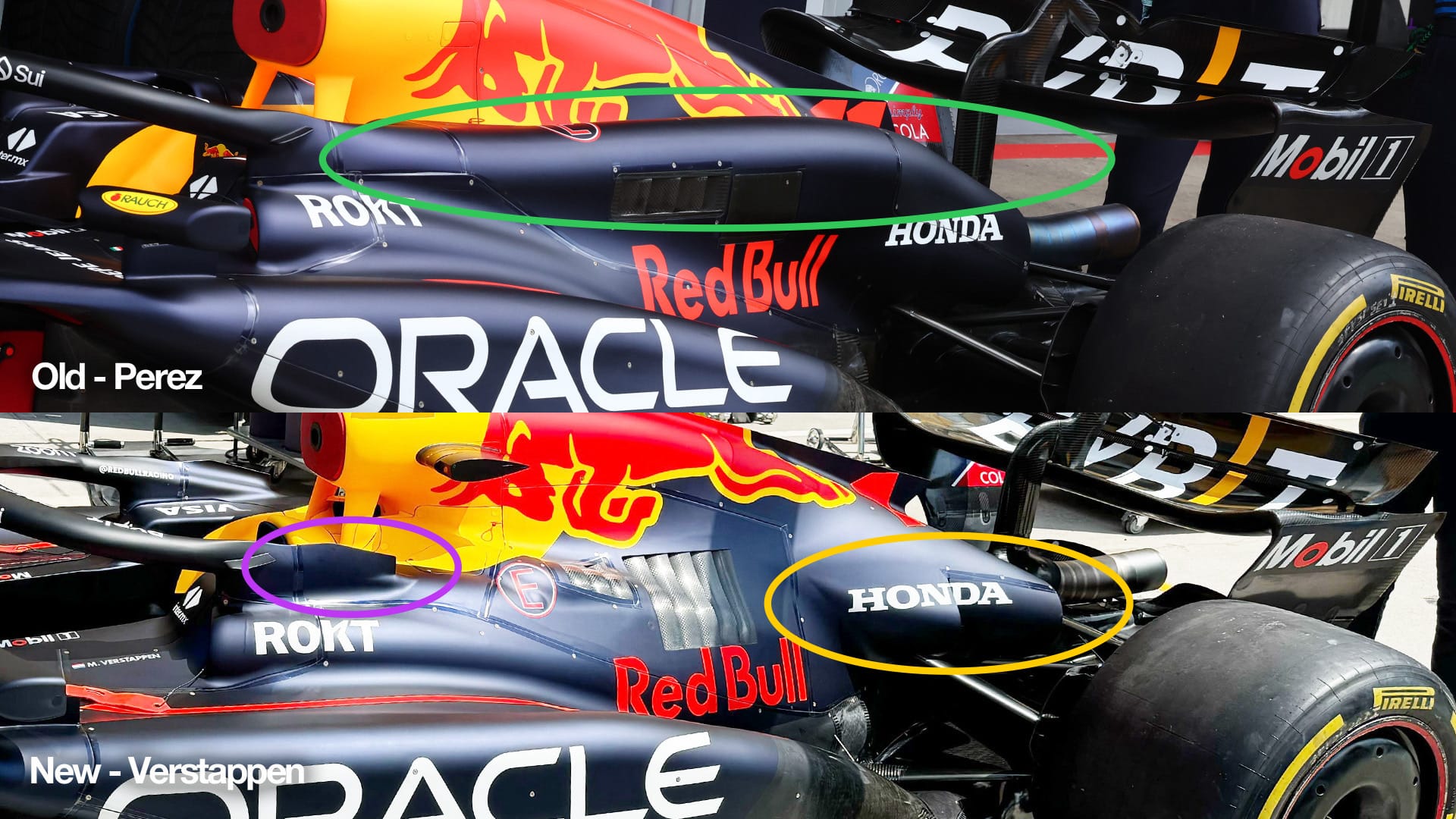
Gone are the huge elephant trunks (green ellipse on the image above), which obviously housed some of the previous cooling package. Red Bull has retained more or less the same exit position (yellow ellipse), but the actual engine cover has become more of the old-style limpet bodywork covering the power unit.
To help with the flow direction change it has also added a small turning vane (magenta ellipse above) at the trailing edge of the halo.
With that bodywork change, the louvre exits (green and yellow arrows on the image below) are now more compact on that new body surface. They are also bigger, so - as Red Bull has explained - this reduces the losses in flow velocity near the rear of the car, which would have negatively affected the performance of the rear wing.
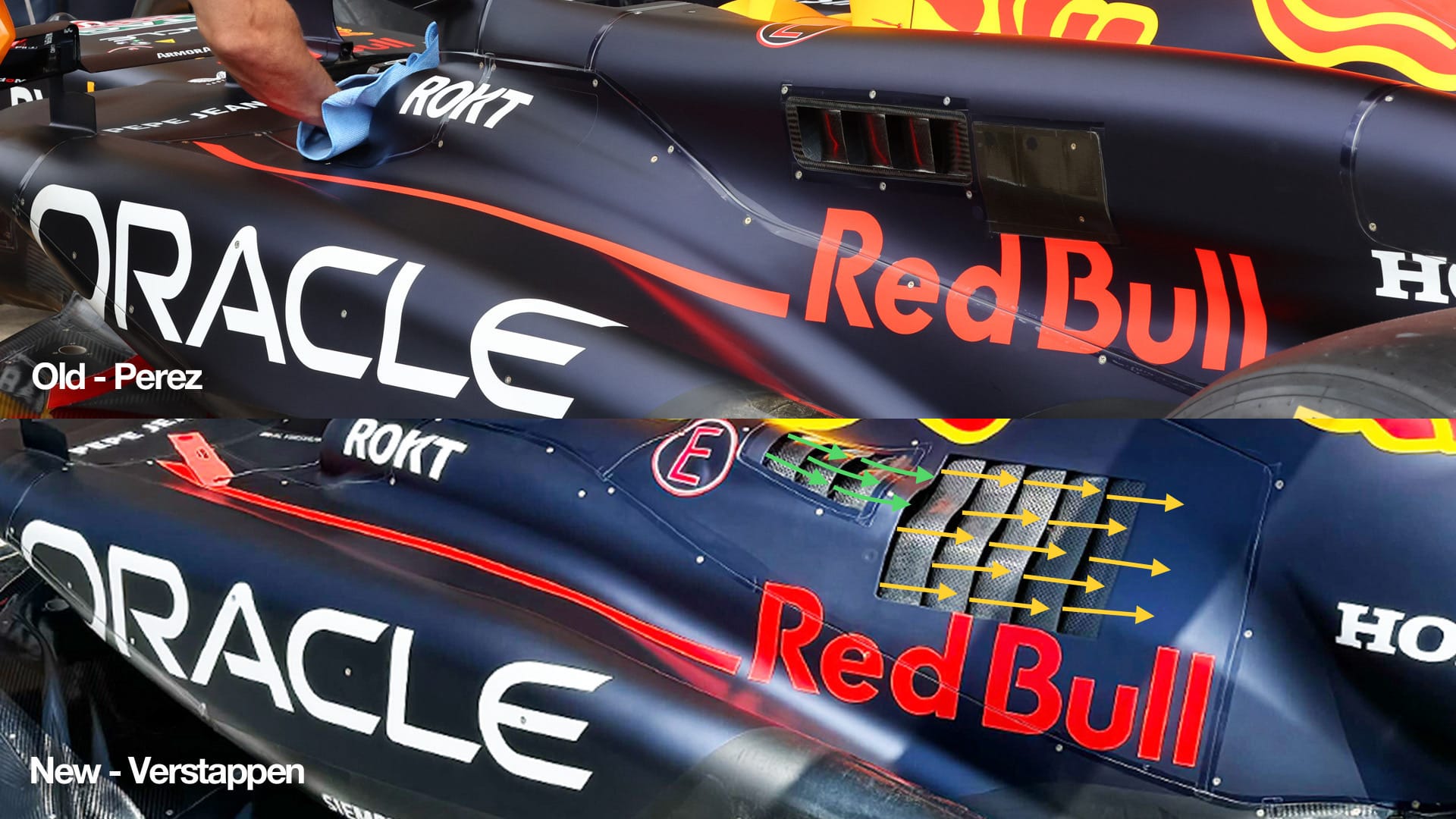
Basically, it distributes that reduced velocity airflow coming out of the exits over a bigger area. This means that the free flow passing over that body surface will have more influence on the velocity of the overall airflow in that area.
One thing that surprises me is that Red Bull has never really committed to the sidepod upper surface rear gully seen on other cars to varying degrees over the last couple of seasons. With this update, it hasn’t changed the actual gully, but it has enlarged the rolled upper outer corner. This will increase the cooling volume under the body, which will replace the volume lost by removing the upper elephant trunks.
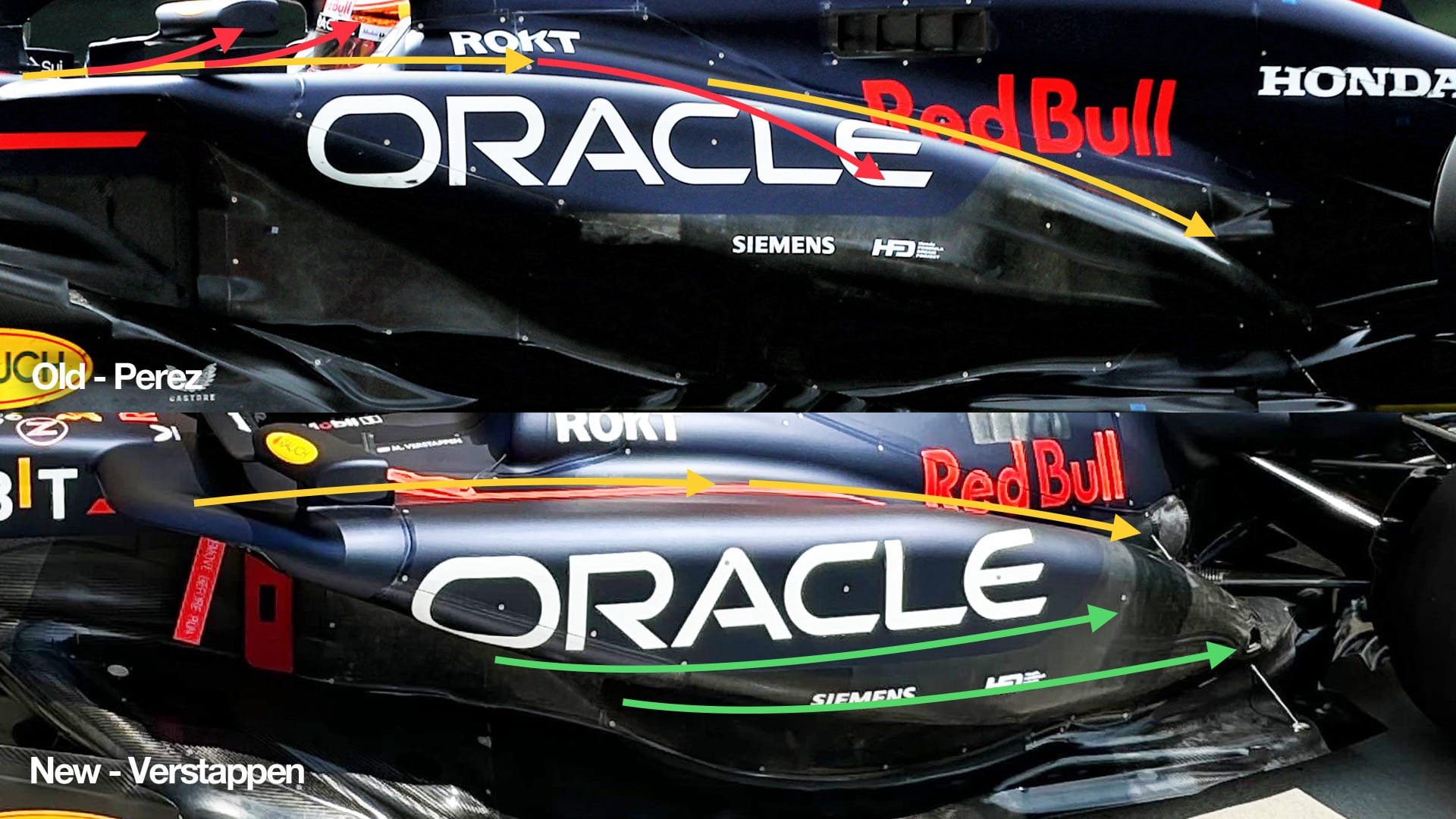
It will also reduce the amount of flow that would spill over that corner of the body surface (red arrow on image above) into the low pressure area in the 'coke bottle' section where the body narrows towards the rear of the car. That flow is being pulled through into the coke bottle area and will be accelerating the airflow going over the upper radiator inlet surface. If accelerated enough, it will induce lift (again red arrows), which is something that you really don’t want.
As part of these changes, the cooling intake behind the driver’s head has also been modified. Previously, this faced forward but in line with all the other changes in that upper cooling geometry, Red Bull now has an internal opening at 90 degrees to the car centreline, just above the chassis section supporting the headrest.
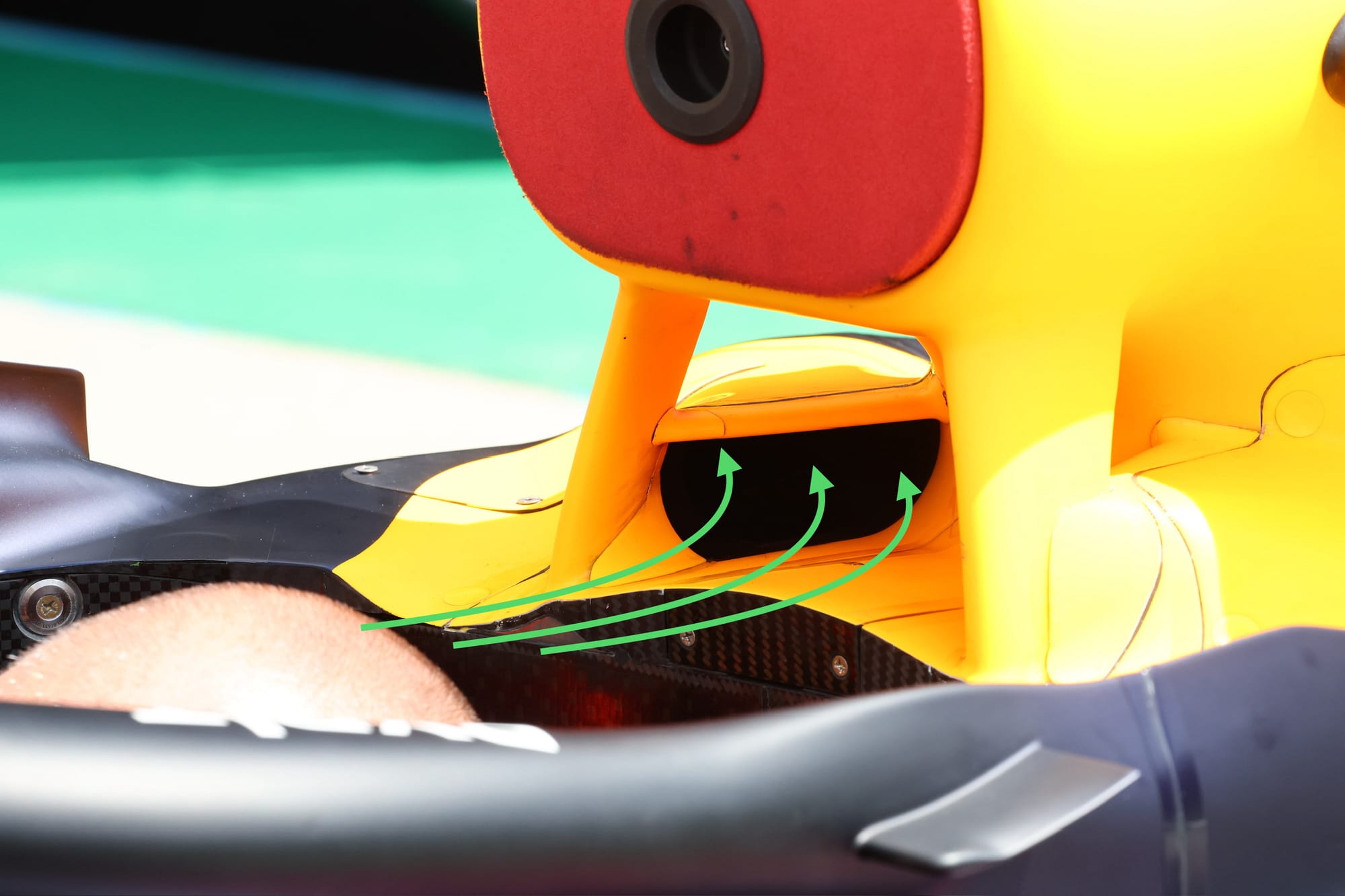
The flow coming off the driver's helmet and over the rear section of the headrest (green arrows) will now be pulled through this duct.
Alongside reducing the elephant trunk section, this will reduce the cross sectional area behind the driver. It can only be good for the performance of the rear wing.
Overall, what we are seeing are developments more in line with what we might call a ‘conventional’ F1 car. None of them are actually that conventional, but there is a common theme that goes through them all. Perhaps what we are seeing is that Red Bull overreached its understanding for this year compared to what it had in 2022 and 2023?
That said, technical director Pierre Wache has confirmed that there is an interest in switching between the two bodywork specifications depending on track demands. That would likely mean that this is the right package for the Hungaroring, but the old one might be better for Spa next weekend.
“It's a possibility, it's what we are verifying during FP1 and FP2,” said Wache when The Race asked him about this. “And based on [when] cooling level requirements and track characteristics will push us to change, yes we will.
“As everything, [with] all the parts on the car we are trying to be the same [in approach] as all the other parts we change between tracks. We try to make the quickest car at each track, [which means] then it could be a possibility, yes. We don't know yet.”
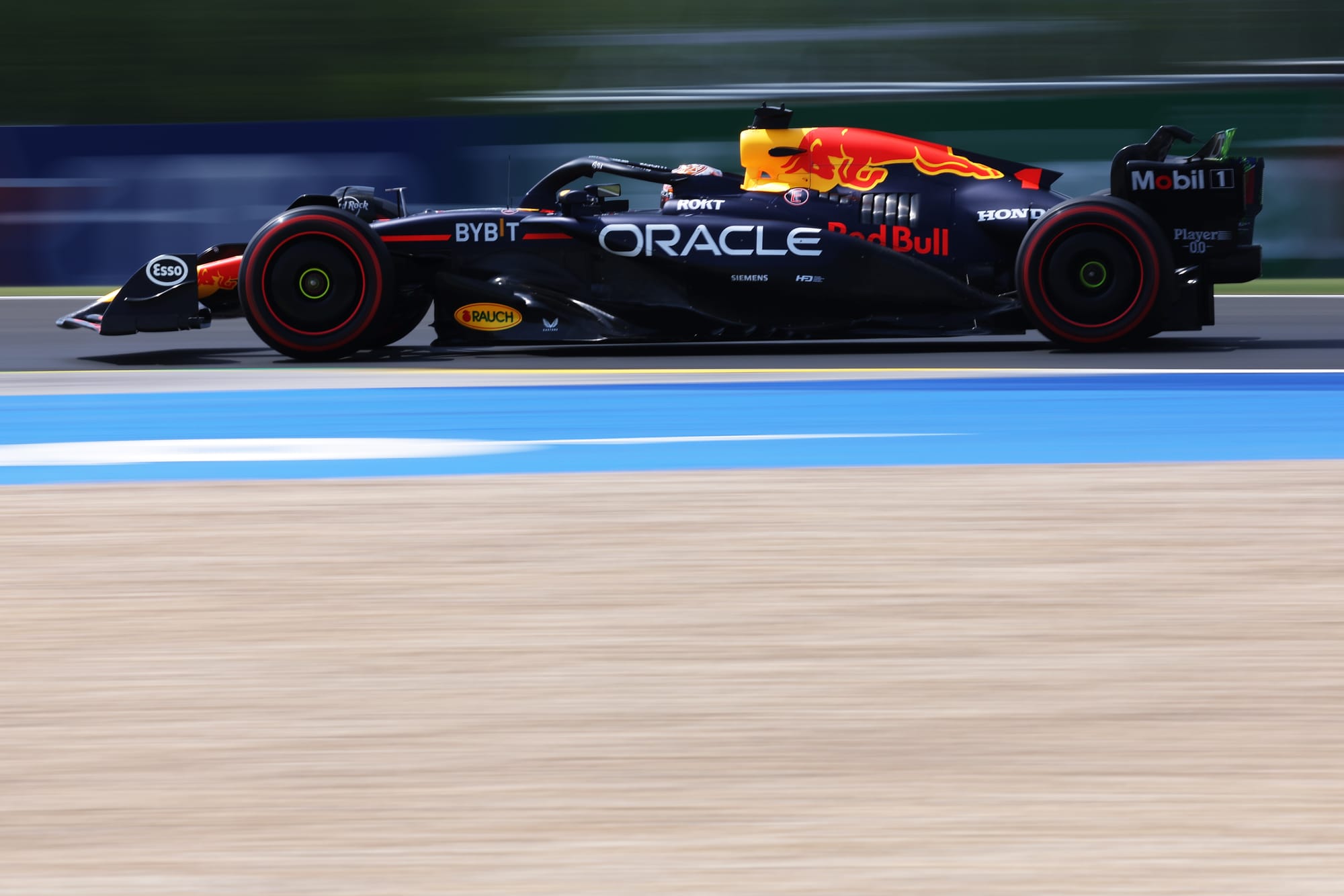
It’s an interesting idea and, as Wache says, it’s not unusual to change some other parts according to conditions. However, it’s a very large thing to be switching between from track to track. If Red Bull does buy into running two different bodywork packages to best suit the upcoming circuits, it will add to the workload for the mechanics (not to mention the shipping required) just to move those two sets of bodywork per car around the world.
Chief engineer Paul Monaghan also says that this weekend it doesn’t create any extra work to have different bodywork specifications across the two cars, but it will mean the engineers will have another package of bits to make decisions about. Sometimes, you can just complicate things too much - simplicity and understanding what you have most of the time pays dividends.
Also, when you take into account the spares required, I just don’t know how you can fit that all into what should be an already tight budget cap. Fewer cheese and pickle sandwiches for the staff, I suppose?
We will see post-Hungary what these developments are worth. Lately, McLaren and Mercedes have been right in the mix for pole with Verstappen in his Red Bull, so if it’s better then the RB20 needs to have opened up that gap again.
For further confirmation, up until now Perez on a normal weekend earlier in the year in particular was roughly 0.3 seconds per lap slower than Verstappen, so if both drivers have a clean weekend Verstappen needs to increase that gap to show the superiority of his upgraded package over Perez's old spec. However, it’s always difficult to make an upgrade judgement over one race weekend.
Red Bull has worked hard to accelerate the appearance of this package, which reflects how hard it has been pushed by the progress made by McLaren and Mercedes.
As I have often said, it’s difficult to improve the performance of any car but it’s even more difficult to improve a car that is dominating - and in Red Bull's case, which has dominated these ground effect rules since they were introduced in 2022.
However, it’s not what you see that makes the difference, it’s what we don’t see (chiefly the floor).
The Hungaroring and Spa are two very different tracks, so after these two races we will see where Red Bull, Ferrari, McLaren and Mercedes - and anyone else that catches that leading bunch - really stand.


